Schedule
(Perpetually subject to revision -- and, at present, still very much a draft!)
Real-Time Graphics
Tuesday, January 16th
What it means to be real-time and general techniques for getting there.
- T Jan 16
- Course Overview; Core Principles
- Interactive, Real-Time, and Beyond
- Big Ideas
- CPU Benchmarking and Fast Code Intuition
- A0a Timing, Math, and Intrinsics
The Graphics Pipeline
Thursday, January 18th-Thursday, January 25th
How we get pixels onto the screen quickly. From attributes to framebuffers.
- R Jan 18
- Vulkan Intro
- A Picture of Vulkan
- Uniforms, Attributes, Vertices, Primitives, Framebuffers
- Opening a Window
- A0b Vulkan Tutorial
- T Jan 23
- Framework Style
- Vulkan Debugging Session
- A0a Scoreboard Check-In
- R Jan 25
- Javascript
- Build systems
Data Wrangling
Tuesday, January 30th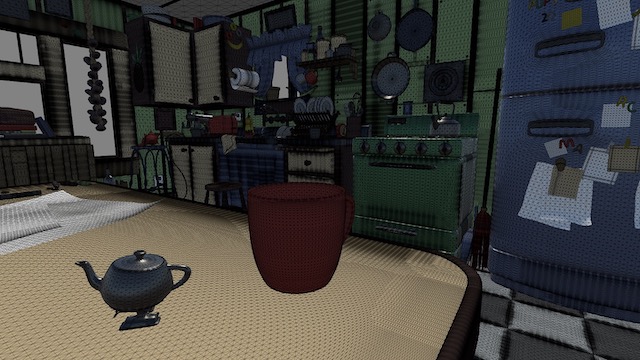
Getting data into our renderer.
- T Jan 30
- Scene graphs
- Instancing
- Data inflation: subdivision surfaces
- Sub-polygon detail: textures, normals, displacements
- Mesh compression?
- Texture compression
- least squares vertex baking(?)
- Creating (and finding) Bottlenecks
- A1 statement walkthrough
- Export scripts
- A1 Scene Viewer out
Culling and Occlusion
Thursday, February 1st-Thursday, February 8th

What you don't render can't slow you down.
- R Feb 1
- Frustum culling
- Portal rendering
- Level-of-detail
- Occlusion queries
- Geometry images
- T Feb 6
- Bottlenecks
- R Feb 8: No Class / A1 Work Time
Materials
Tuesday, February 13th-Thursday, February 22nd
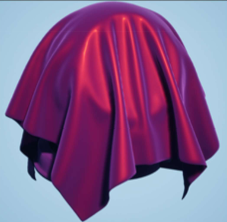
Matching the real world, or doing better.
- T Feb 13
- detail with textures
- R Feb 15
- physical materials
- procedural materials
- approximations and ground truth
- material capture
- antialiasing
- glossy surfaces
- precomputation
- A2 Materials out
- T Feb 20
- Interesting Mesh Ideas
- A1 Scene Viewer due (before class)
- R Feb 22
- A1 debrief + Code Share
Color
Tuesday, February 27th
Primaries, white points, and encodings oh my.
- T Feb 27
- color spaces
- demo: P3 vs sRGB primaries
- demo: HDR
- vulkan formats and color spaces
Going Big
Thursday, February 29th-Saturday, March 9th
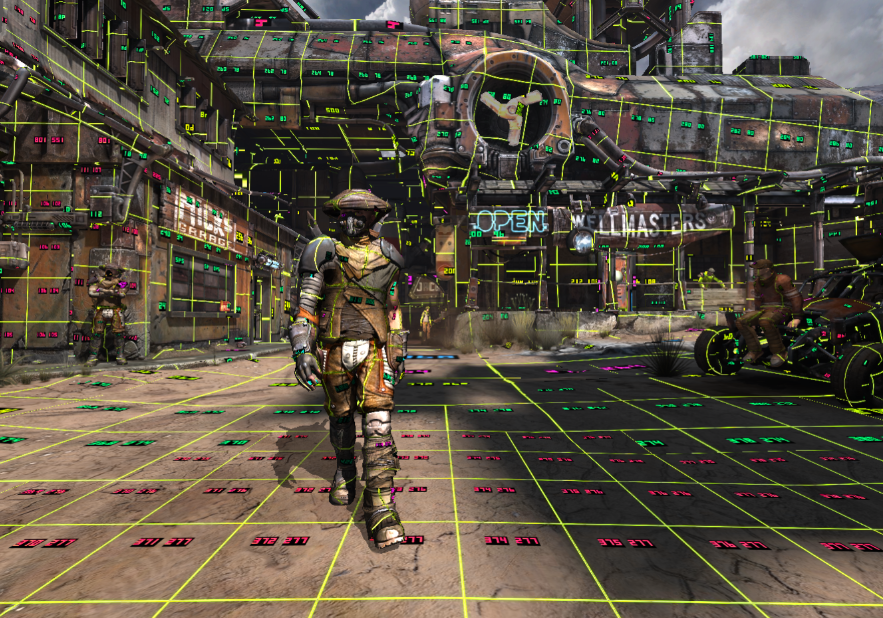
Moving beyond what can fit in GPU memory.
- R Feb 29
- Mega-textures
- Terrains
- LOD streaming
- T Mar 5: Spring Break
- R Mar 7: Spring Break
- S Mar 9
- A2 Materials due (end of day)
Direct Lighting
Tuesday, March 12th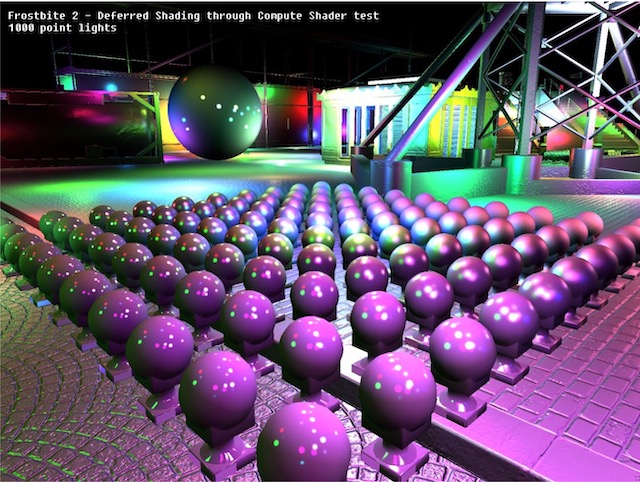
The first bounce of lighting is always the brightest.
- T Mar 12
- sphere, spot, and sun lights
- lambertian contribution from a spherical area light
- the "representative point" approximation
- light loops
Shadows
Thursday, March 14th-Friday, March 15th
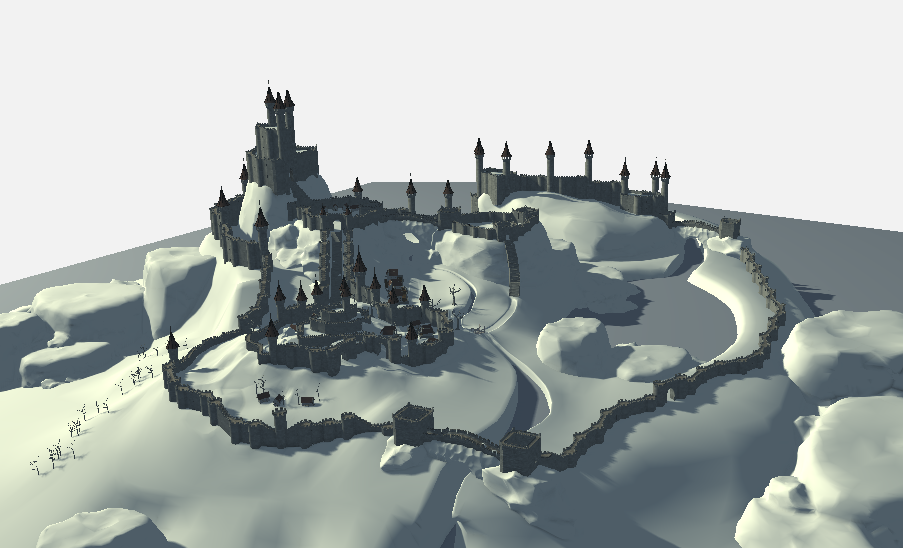
Solving the visibility problem.
- R Mar 14
- shadow maps
- cubic shadow maps
- percentage-closer filtering
- soft shadows with PCSS
- F Mar 15
- A3 Lights out
Real-time Raytracing
Tuesday, March 19th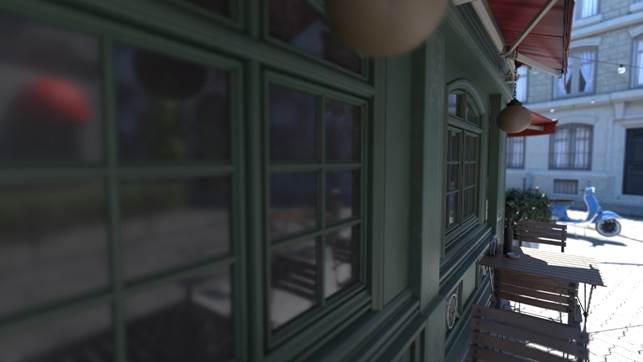
Just brute-forcing the lighting.
- T Mar 19
- raytracing extensions
- sample sharing
Rendering for VR
Thursday, March 21st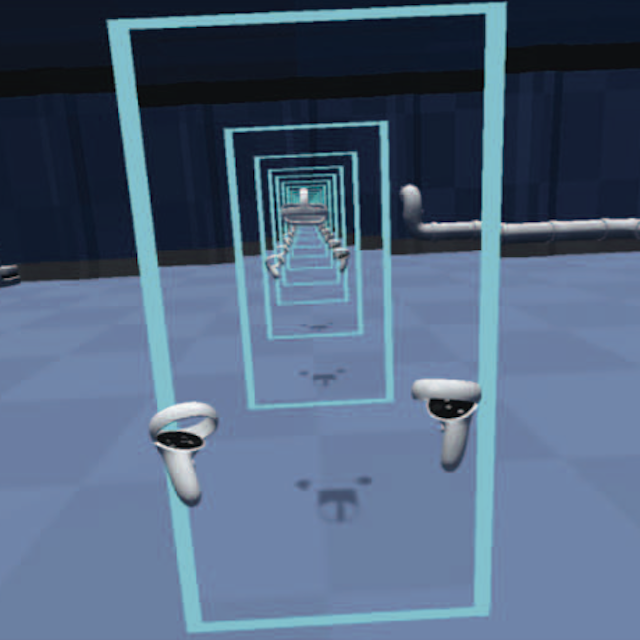
The upsides and downsides of virtual reality.
- R Mar 21
- OpenXR APIs
- lens correction
- reprojection
Post-processing
Tuesday, March 26th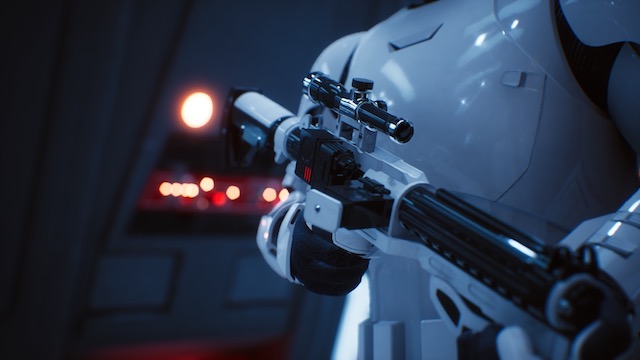
Fixing the pixels later.
- T Mar 26
- bokeh
- lens flares
- motion blur
- SSAO
- screen-space reflections
Volume Rendering
Thursday, March 28th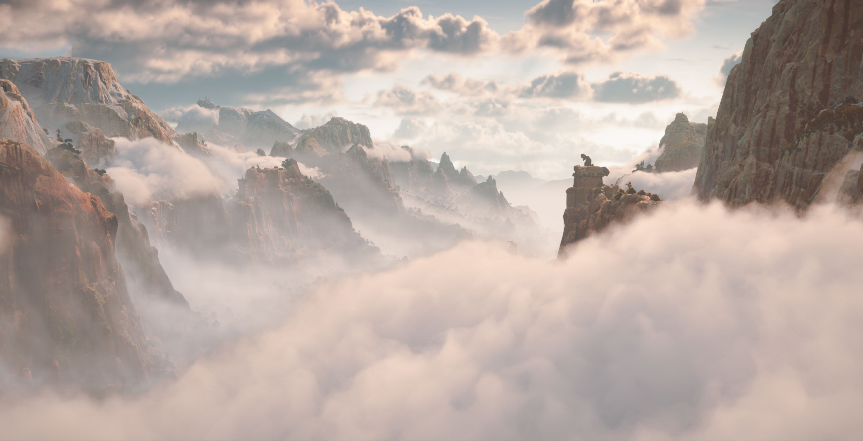
Clouds, medical data, and fire.
- R Mar 28
- raymarching smoke and clouds
- screen-space surfacing for liquids
- Nubus3
Simulation
Tuesday, April 2nd-Friday, April 5th
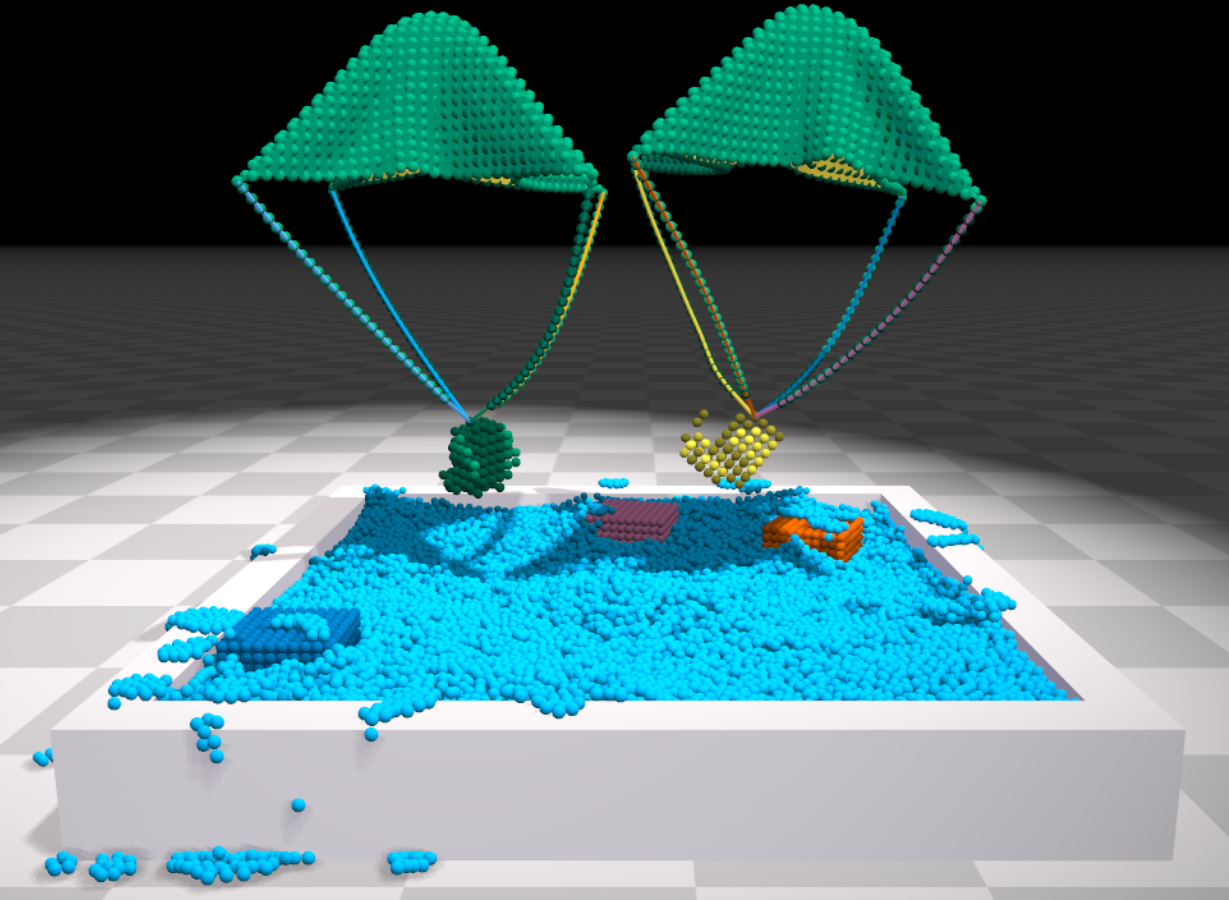
Making things move without keyframes.
- T Apr 2
- Eulerian vs Lagrangian
- shallow-wave equations
- grid-based smoke
- F Final Project topic selection
- R Apr 4
- particle-based smoke
- particle-based fluid
- particle-based solids
- F Apr 5
- A3 Lights due (end of day)
- F Final Project out
Skinning and Animation
Tuesday, April 9th-Thursday, April 11th
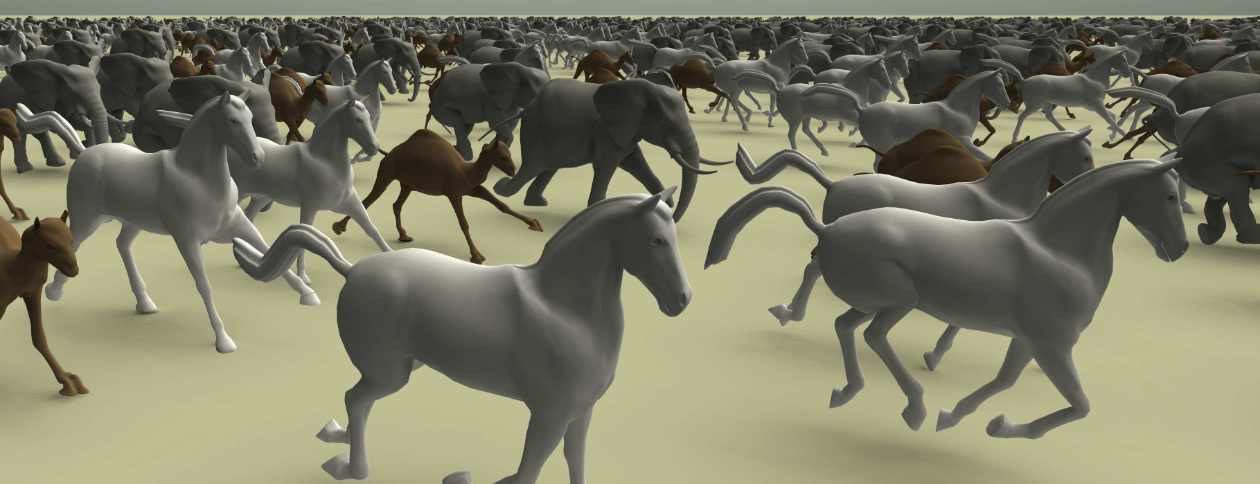
- T Apr 9
- dual-quaternion skinning
- Skinned Mesh Animation
- R Apr 11: Carnival
Miscellaneous
Tuesday, April 16th-Friday, April 26th

Topics that didn't fit elsewhere (thematically or temporally) and were interesting enough to bring up.
- T Apr 16
- sparse voxel octrees and sparse voxel directed acyclic graphs
- hierarchical ordered grids
- R Apr 18: Jim Travelling
- T Apr 23
- R Apr 25
- F Apr 26
- F Final Project due (end of day)